Belize Heritage at Home Series No. 2
Written by: Selene Solis
Before Covid-19 and physical distancing became a reality in Belize, Saturdays at the Banquitas House of Culture would see 20 women from across the Orange Walk and Corozal Districts come together in an act of celebrating their shared cultural heritage.
These women are the participants of the Embroidery and Huipil Design Project. The project was developed by the Northern Maya Association of Belize in collaboration with NICH. The goal is to help safeguard the traditional skill and knowledge of cross-stitch and Huipil-making as a Maya-Mestizo cultural attire in Belize. Additionally, with such new skills and knowledge, participants are also empowered to develop new economic streams and livelihoods.
Unfortunately, the national measures to prevent the transmission and spread of COVID-19 in Belize have brought this particular safeguarding project to an almost complete standstill. With commitment from participants, though, the work continues in a revamped “Heritage at Home” version of the project.
For this segment of the Belize Heritage at Home Series, we interviewed Cindey Rivero and Yahaira Vega, Coordinators at the Banquitas House of Culture and executive members of the Northern Maya Association of Belize to talk to us briefly about this project and how they have been affected by Covid-19.
Tell us about the project.
The initial idea for an Embroidery and Huipil Design Workshop was developed by Mrs. Florencia Castillo, a member of the Northern Maya Assoc. of Belize, and Ms. Cindey Rivero, Community Arts Coordinator at the Banquitas House of Culture.
Many of our community members have observed a decline in the skill of embroidery. Therefore, we were inspired us to develop the project in order to safeguard the tradition as well as help produce a “Belizean aesthetic” among the intricate designs.
The Huipil is a common traditional attire worn by women across Central America….. The use of the attire and embroidery itself are symbols of identity, which the women in this project are intent on showcasing.”
The Huipil is a common traditional attire worn by women across Central America. Many women in Maya-Mestizo communities and elsewhere who identify with the Maya-Mestizo culture wear the vibrant and elaborately decorated attire for special events, celebrations and festivities. Or they may also wear a short blouse-like version of the Huipil for everyday use. The use of the attire and embroidery itself are symbols of identity, which the women in this project are intent on showcasing.
Although the Huipil shares a common Yucatec Maya heritage mostly associated with Mexico, community members expressed their desire to have a unique cultural attire that is representative of Belize and of being a Belizean Maya-Mestizo. This is because the similarity of our Belizean and Mexican Yucatec Maya clothing often gets us identified with Mexicans. Therefore, the Northern Maya Association of Belize proposed a plan to offer a workshop that, in addition to safeguard the skill and knowledge, would provide an avenue to create a unique Belizean Yucatec Maya attire.
Is there any wider significance or use of embroidery?
We think that the huipil and its designs identify us as Maya-Mestizo Belizeans. This is why part of the objective of the project is to identify motifs and techniques that are most representative of Belize. In Yucatan, for example, it is possible to tell which region someone comes from based on the embroidery, color, and style of the huipil. We want people to be able to look at our embroidery designs and us and say, “They are from Belize”.
We want people to be able to look at our embroidery designs and us and say, “They are from Belize”.
The embroidery technique that we are learning can be used to decorate napkins, cloths, household decorative pieces, and tablecloths. We hope the participants will use their imagination on how to apply the technique.
What technique have you been using?
The technique we’ve been learning is cross-stitch (Hilo contado). It’s a form of embroidery using a thread counting system. The embroidery is created using the shape of an X stitched on a tile pattern to form a particular image on the fabric such as iconic Belizean objects like the national symbols of Belize, flora, fauna, and other cultural symbols.
The technique we’ve been learning is cross-stitch (Hilo contado).
The stitches on the fabric are counted with precision following a pattern on a graph paper that resembles the cloth being used due to its intersecting fine lines running horizontally and vertically. Each tiny grid on the grid paper presents a stitch on the fabric giving it a unique pattern when combined.
It must be very challenging to execute a project like this. Have you received any external assistance?
The project is being funded by The Belize Natural Energy Charitable Trust, to whom we are extremely grateful. It is spearheaded by the Northern Maya Association of Belize in collaboration with the Banquitas House of Culture (NICH) which provides the technical and logistical support.
In addition to the Northern Maya Association and NICH, which other community members are involved with the project?
Mrs. Silvina Perez, a proud Belizean Yucatec Maya knowledge bearer from the Orange Walk District, is the lead trainer and technical resource who shares her knowledge and skillset on the craftsmanship of Yucatec Maya clothing. She is of great value to the project and the wider community. She has worked for many years safeguarding our Maya Heritage through youth engagement, traditional music and dance, gastronomy, and preservation of cultural clothing. She has greatly empowered the community by teaching through oral history and keeping traditional practices alive, available, and accessible.

Other participants enrolled in the workshop include NICH cultural stakeholders from various Maya communities in Northern Belize. They work hands-on on the safeguarding of our Yucatec Maya Heritage.
How have the various national safety measures in response to Covid-19 impacted the project?
In Belize, the national safety measures to address the spread of Covid-19 have included a State of Emergency Declaration, cancellation of public gatherings and events, curfews and physical distancing.
Due to the Covid-19 crisis, the project was postponed until further notice for the safety of our participants. We were no longer able to have our Saturday meetings and workshops which we all looked forward to. We’ve tried our best to keep the project going, though. Materials were provided to the participants for them to work from home since they had already grasped the concept of the cross-stitch.
The facilitators of the project provide support to members via a WhatsApp chat group created to facilitate questions, concerns, updates, and guidance. This has been an efficient and practical way to communicate and keep in touch with our members.
Do you see any challenges in continuing the project in this way?
We do foresee challenges once the three-layers of garments are embroidered. This is because a traditional Huipil is usually comprised of several pieces of fabric that have been stitched together. The last phase of the project consists of sewing the garments together to form the Ternos. This requires the use of sewing machines and a hands-on demonstration of the garment assembly process and direct contact with the facilitator.
The project will come to a halt at this point since the final stages involve a more practical approach. It would be essential to meet with all participants to ensure everyone finalizes and completes the crafting of their cultural garments through the use of communal equipment (sewing machines) designated to the project, and learning how to use the equipment and sewing skills. (Note, sewing is a different skill and differs from embroidery.)
We are aware that due to Covid-19, these plans now have to change. Different options are being brainstormed to see how we can continue and finalize the project. Each option has both its pros and cons and we’re trying to be careful in identifying the safest option for our community members.
One of the more feasible options would be to launch virtual sessions with participants. However, this provokes concerns in reference to how technologically savvy the participants are. Having technological skills of any sort was not taken into account upon enrollment of individuals to this project.
Can you begin to formulate any lessons learned from the project and situation thus far?
It would have been impossible to foresee the series of events that followed the spread of COVID-19 and what that would have meant for Belize. As organizers, though, we view this as a learning process. It has led us as organizers to consider things that we have never considered before, including a virtual option or portal for all activities and community events. These initiatives will require technical assistance and additional financial expenditures. This would reflect as an increase on each project budget or potential reroute/categorization of expenses, but after this experience, we’re more prepared to plan project contingencies for situations like this.
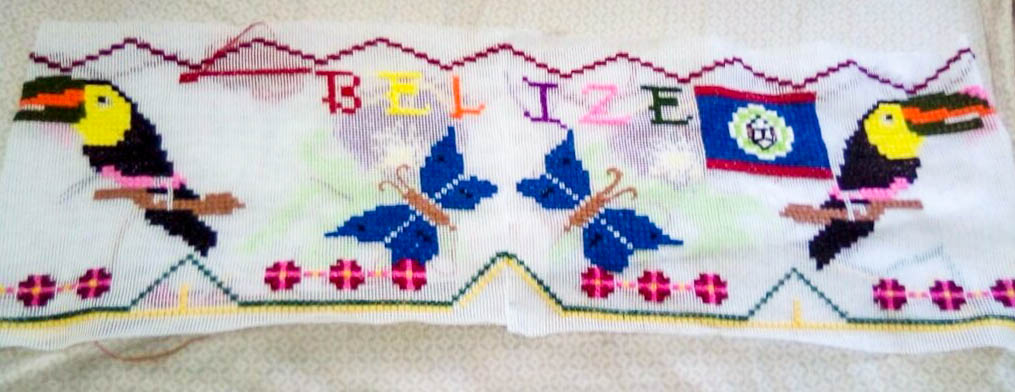
This segment of the Belize Heritage at Home Series presents a very brief snapshot of the reality that one particular group and safeguarding project is experiencing. We plan to share more insights and updates on other community initiatives in our continuous “Heritage at Home” and “Culture in the Time of Covid” series.
We’re hopeful that these articles will help to shed light on the difficulties being faced by cultural organizations and communities in safeguarding their heritage in the context of Covid-19 and provide opportunities for sharing lessons learned.
Follow us on our social media platforms: ISCR Instagram and ISCR Facebook; or sign up to stay updated on Belize Living Heritage Content.
About the author: Selene Solis is a Research and Education Officer with the Institute for Social and Cultural Research, ISCR-NICH. One of her primary responsibilities includes coordinating the implementation of the UNESCO 2003 Convention for Safeguarding of Intangible Cultural Heritage.
Contributors: Cindey Rivero and Yahaira Vega, NICH; Florencia Castillo, Northern Maya Association of Belize; Silvina Perez, Instructor; Norma Quiroz, Instructor’s Assistant; Emalucy Cal, Ingrid Rivero, Sofia Castellanos, Valentina Chi, Adrianni Cobb, Maria Angelita Magana, Antonia Uh, Elena Meza, Felicita Cantun, Leonela Cal, Anseily Alcoser, Fidelia Medina, Nalini Itza, Carolyn Martinez, Cresencia Correa, Chantal de Leon, and Lourdes Toledano.
Photos: Courtesy of the Institute for Social and Cultural Research / NICH, the Northern Maya Association of Belize and Participants of the Embroidery and Huipil Design Project.
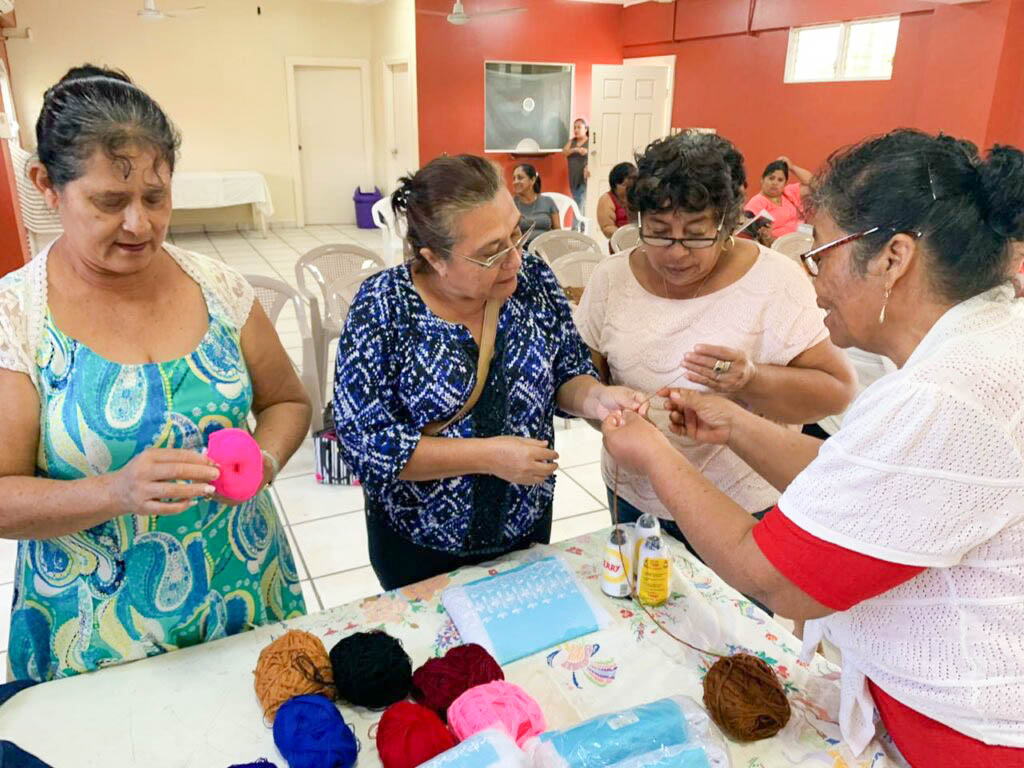
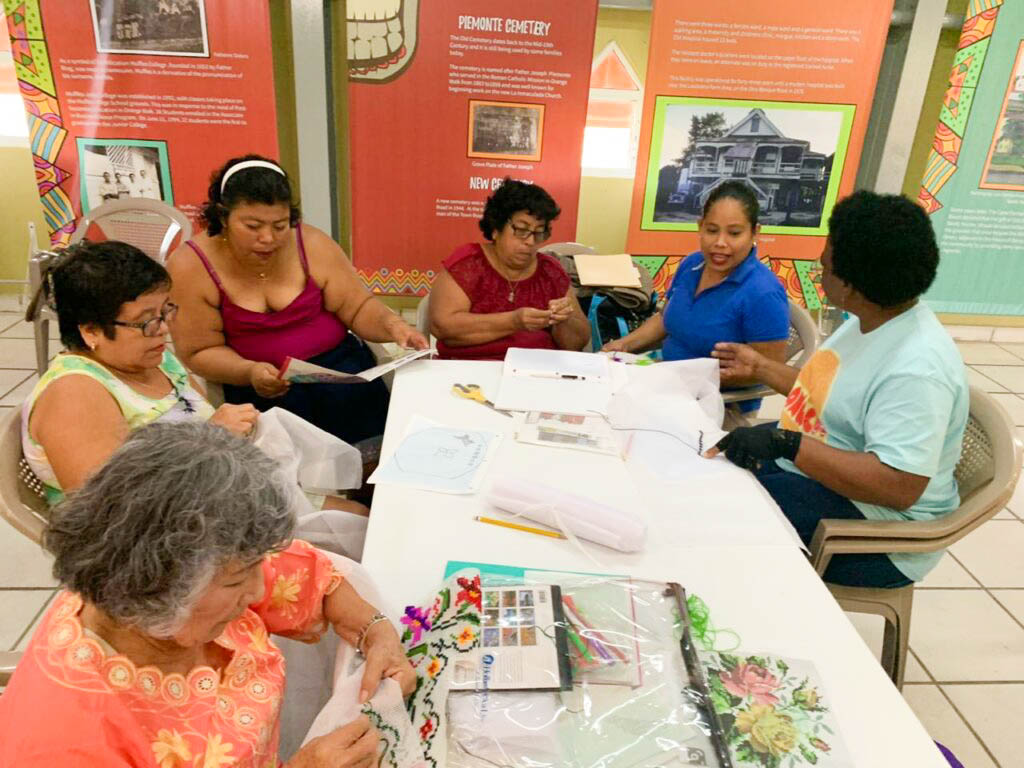

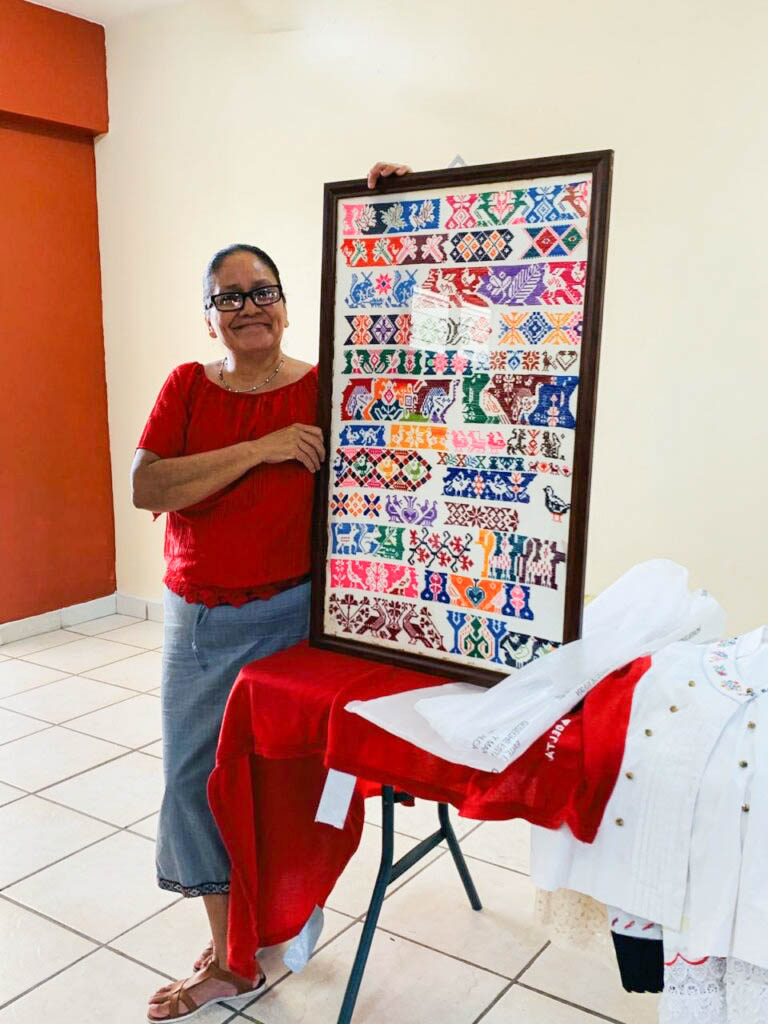
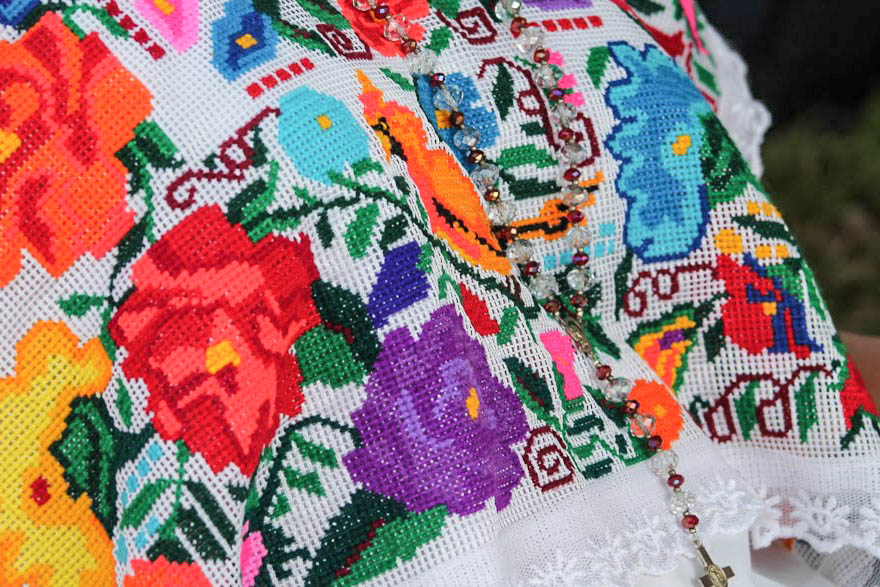
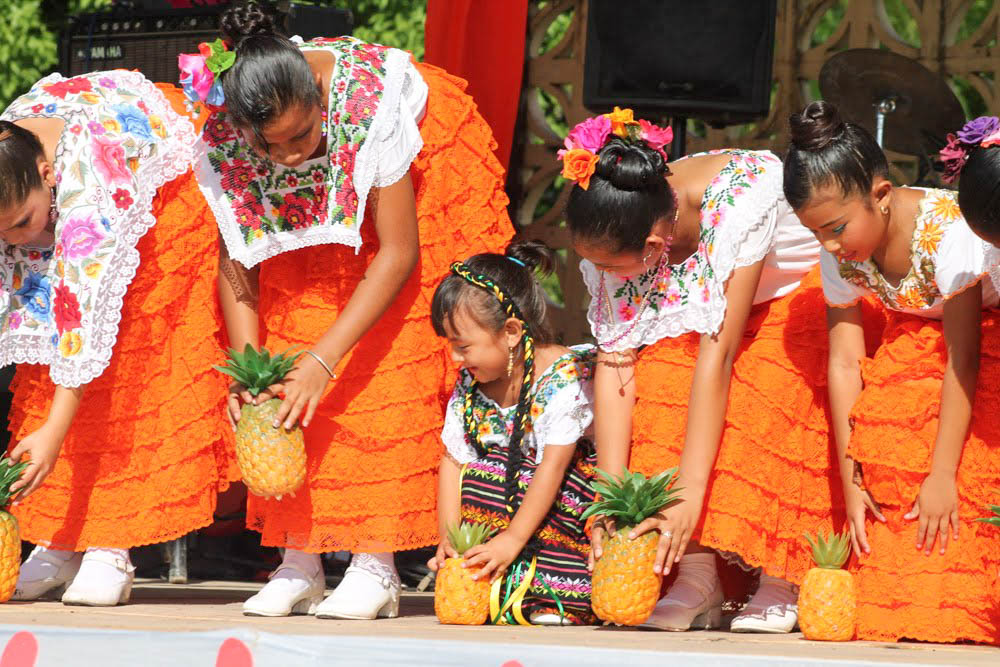

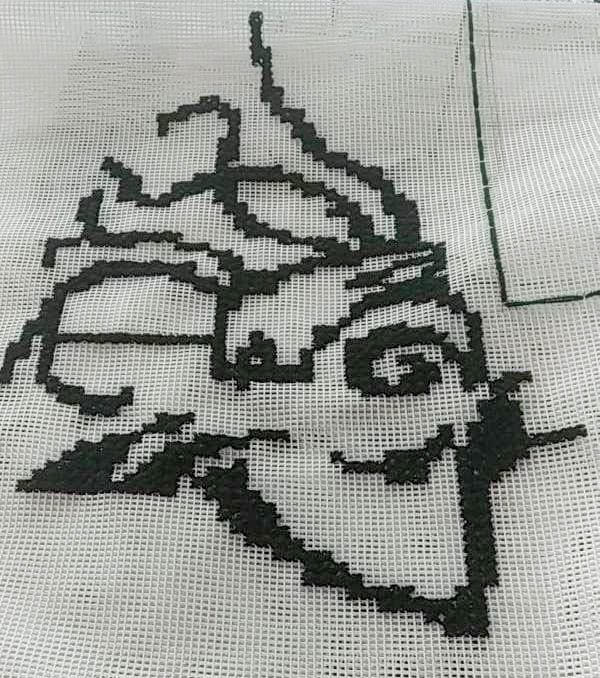
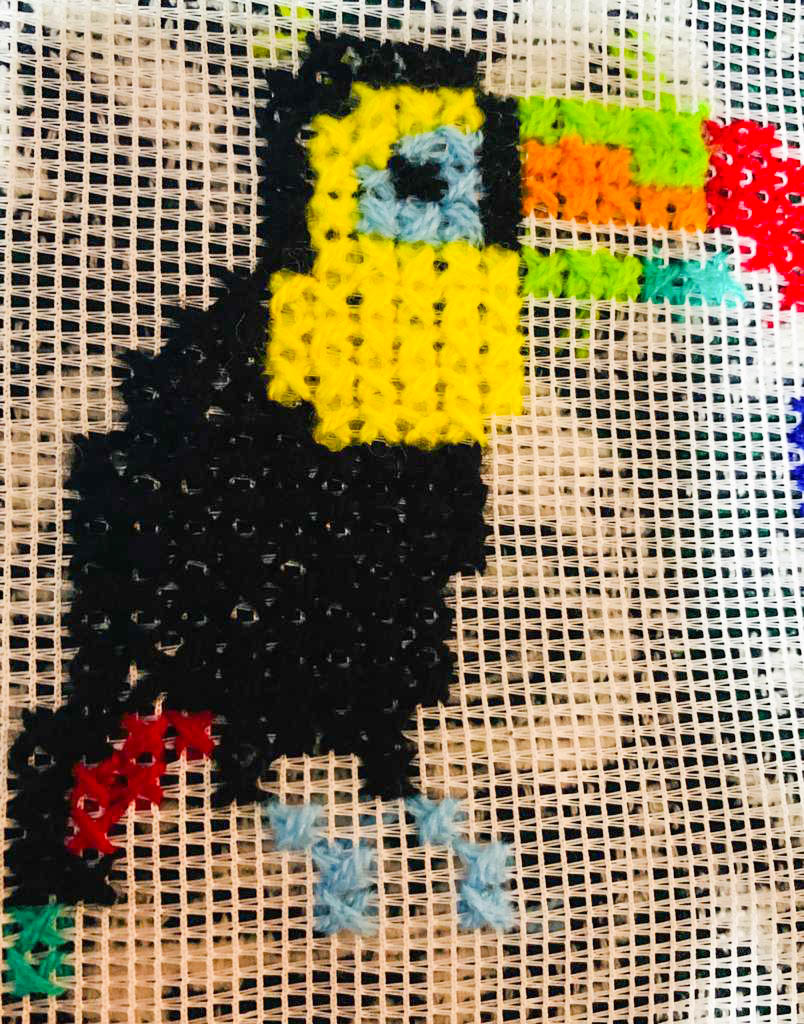

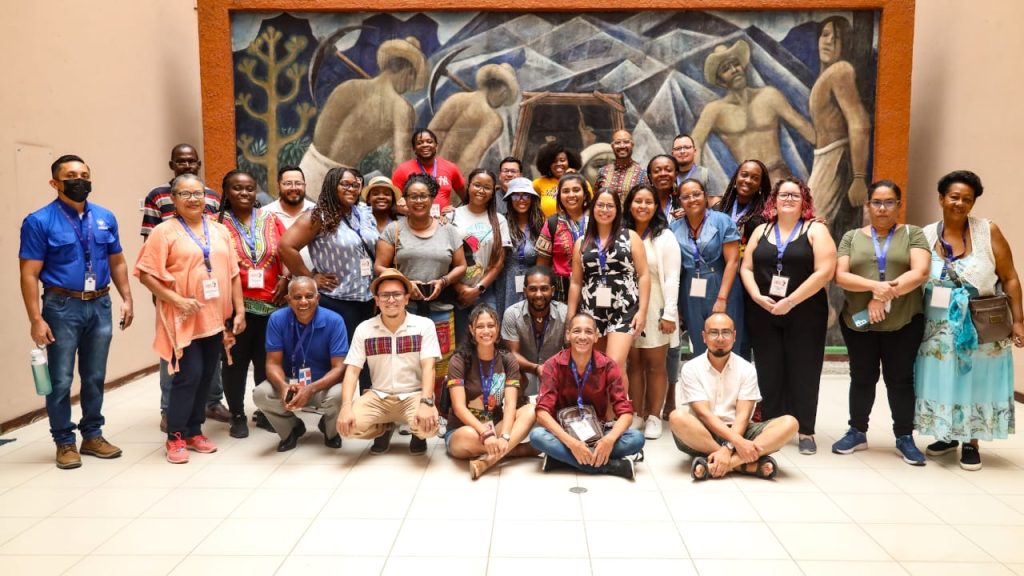
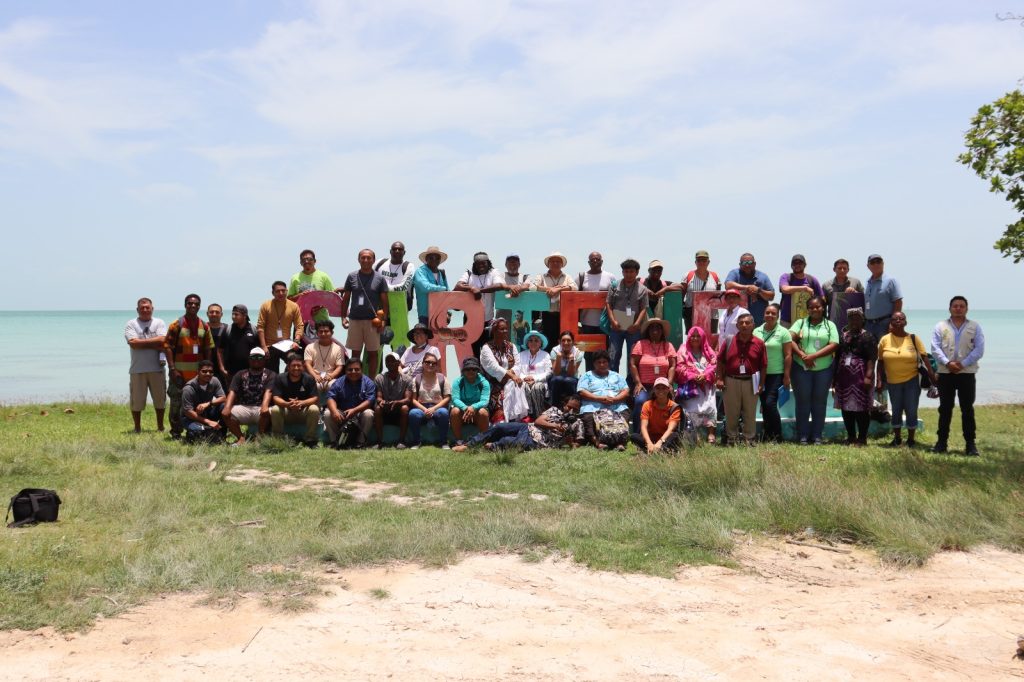
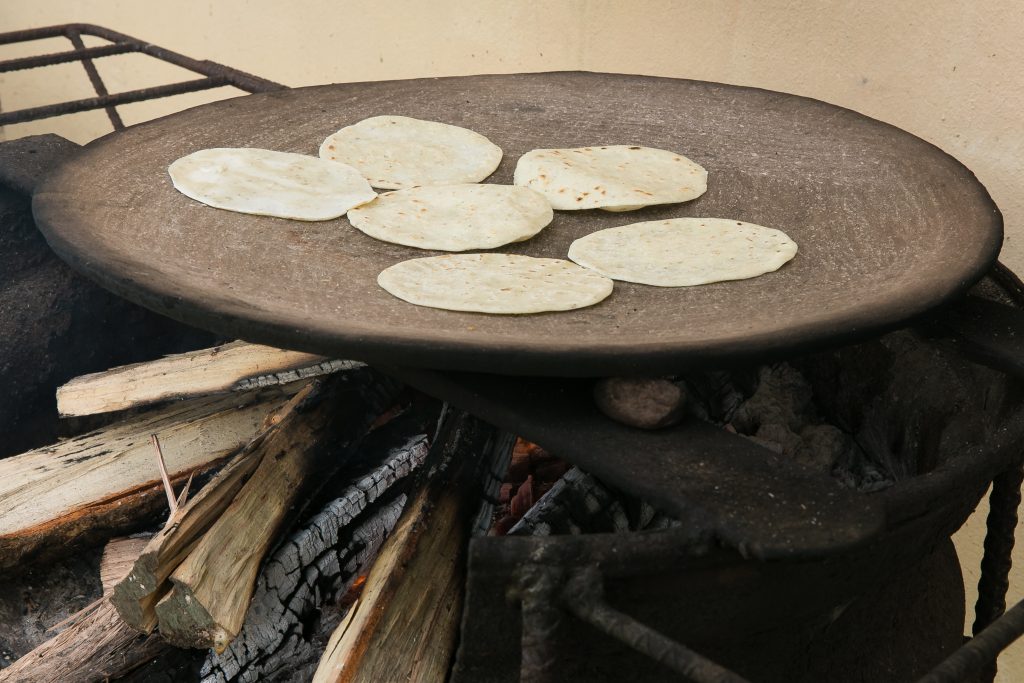
Recent Comments